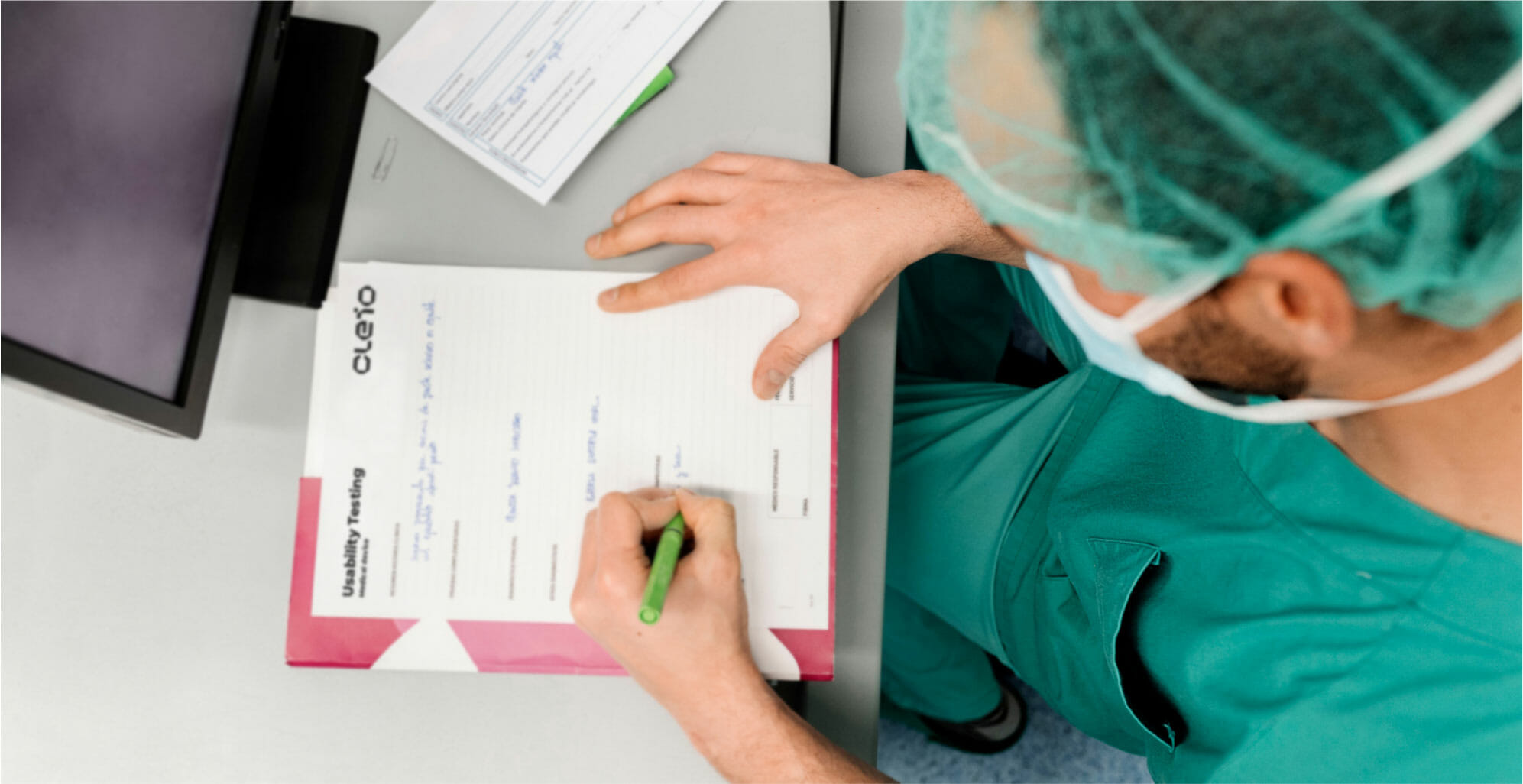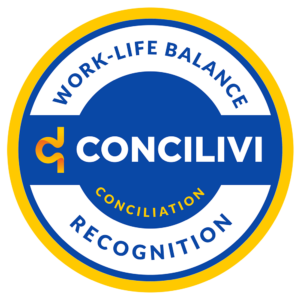Human-machine interaction in health care should not be taken lightly. Poor medical device design can cause tragic and sometimes fatal use errors. To prevent these kinds of incidents, the IEC 62366-1 standard on usability engineering for medical devices was created.
The human factors & user experience team at CLEIO, which is well versed in usability engineering methodologies, summarizes the essentials here.
A brief definition of usability
Effectiveness
Efficiency
Satisfaction
Learnability
The user interface is much more than what’s on screen
In usability engineering, the term “user interface” covers all the ways in which the user and device can interact, from hardware to software. In addition to graphical user interfaces (GUIs), this definition includes all formal aspects, weights, dimensions, textures, sounds, etc.
It’s worth noting that instructions and training are also considered part of the user interface, since they affect its use.
A process inspired by user experience (UX) methods
- User interviews
- Contextual inquiry
- Heuristic evaluations (or ergonomic audits)
- Cognitive walkthroughs
- Usability testing
Formative evaluations, or why it’s normal to not immediately get a satisfactory result
Once a prototype can be put together, whether that’s a conceptual model for a graphic user interface or a volumetric model for a physical product, an initial formative evaluation should be conducted. The findings are recorded, the design is improved, and a subsequent evaluation is carried out.

The summative evaluation, or the final exam
The testing conditions should mimic the real context of use as closely as possible, including for training and documentation.
The goal: design products that are safe to use
The goal of the IEC 62366-1 standard is to design a device’s user interface minimizing the risk of use errors by implementing a user-centered iterative design process. Although the process itself is presented as a recommendation, manufacturers are obligated to provide objective evidence that a device is safe to use.
Learn more about the IEC 62366-1 standard
NEW EBOOK
10 things you need to know about IEC 62366-1 for Medical Device Development
Stop making costly Medical Device Development mistakes! 💥 Increased development times, improved sales, higher user satisfaction, those are just a few of the benefits of applying IEC 62366-1. Download our free guide made by experts.


